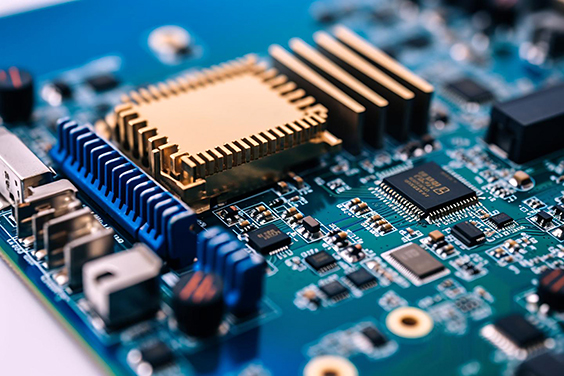As the automotive industry gradually transitions toward new energy vehicles, the role of PCB in new energy vehicle has become increasingly complex and critical. At the same time, the design requirements of PCB for fuel vehicle are also constantly evolving. So, what are the key differences between these two types of PCBs in terms of application and performance? This article will reveal these hidden key differences.

1. Differences in Power Requirements
In fuel vehicles, PCBs are mainly used in areas such as signal processing, in-car entertainment systems, and engine control units (ECUs). These application scenarios have relatively low requirements for current and voltage, so the focus of fuel vehicle PCBs is mainly on low-power signal transmission and the interconnection of electronic components.
New energy vehicle PCBs need to support high-power devices such as battery management systems (BMS), electric motor control units (MCUs) and charging systems. These systems need to be able to withstand high current and high voltage, so heavy copper PCBs are usually used to meet the needs of large current transmission and enhance the conductivity and stability of the circuit.
2. Differences in Thermal Dissipation Requirements
Compared with fuel vehicles, new energy vehicle PCB has higher requirements for dissipation performance because it needs to better manage the heat of high-power electronic systems. Therefore, new energy vehicles usually adopt metal-based PCB or heavy copper PCB design to enhance their heat dissipation performance to meet the heat dissipation needs of electronic devices under high-power operation. The PCB used in fuel vehicles has relatively low requirements for heat dissipation management.
3. Application of High Density Interconnect (HDI) Technology
With the deepening of automotive electronics, although fuel vehicle PCBs have gradually used high-density interconnect (HDI) technology in some Advanced Driver Assistance Systems (ADAS) and advanced infotainment systems, the overall dependence on HDI technology is relatively low. In contrast, new energy vehicle PCBs have a more significant demand for HDI technology to adapt to high integration, space constraints and complex functional design requirements, such as battery management and autonomous driving and other systems.
4. Improvement of Environmental Protection Requirements
With increasingly strict global environmental regulations, new energy vehicle PCBs place greater emphasis on environmental protection during material selection and manufacturing, using lead-free, halogen-free and other environmentally friendly materials to reduce negative impacts on the environment. Fuel vehicle PCBs must also comply with these environmental standards, but the clean energy goals closely related to new energy vehicles make their manufacturing processes more focused on green technologies.
5. Differences between Durability and Reliability
The power system and electronic equipment of new energy vehicles will generate strong electromagnetic interference (EMI), so the requirements for electromagnetic compatibility (EMC) design of PCB will be more stringent. In addition, the working environment of new energy vehicles is relatively more complex, and it is necessary to ensure that the PCB can operate stably under harsh conditions such as high temperature, severe vibration, and humidity. Therefore, new energy vehicle PCBs usually need to have higher shock resistance, high temperature resistance and corrosion resistance.
Although fuel vehicles also need to deal with external environments factors such as temperature changes and vibrations, the overall requirements for PCBs are relatively low, especially in terms of durability and reliability, which are far less stringent than new energy vehicles.
6. Considerations for Size and Weight
In order to improve endurance and energy efficiency, new energy vehicles have shifted the focus of vehicle design to lightweight. Lightweight PCB design helps reduce vehicle weight and increase driving range. Therefore, lightweight materials, HDI PCB and multi-layer structures are commonly used in new energy vehicles to achieve more functions in a limited space.
Fuel vehicles also focus on reducing weight to improve fuel economy, but the overall demand for lightweighting is less urgent than for new energy vehicles.
HoYoGo is an international, professional and reliable PCB manufacturer. We have our own factory and advanced machines. With our own production capacity, we are able to provide you with one-stop service from small, medium to large batch production. Whether it is HDI PCB, gold finger PCB, hard gold PCB, flexible PCB, rigid-flex PCB, IMS PCB, quick turn service and PCBA, we can meet your needs.